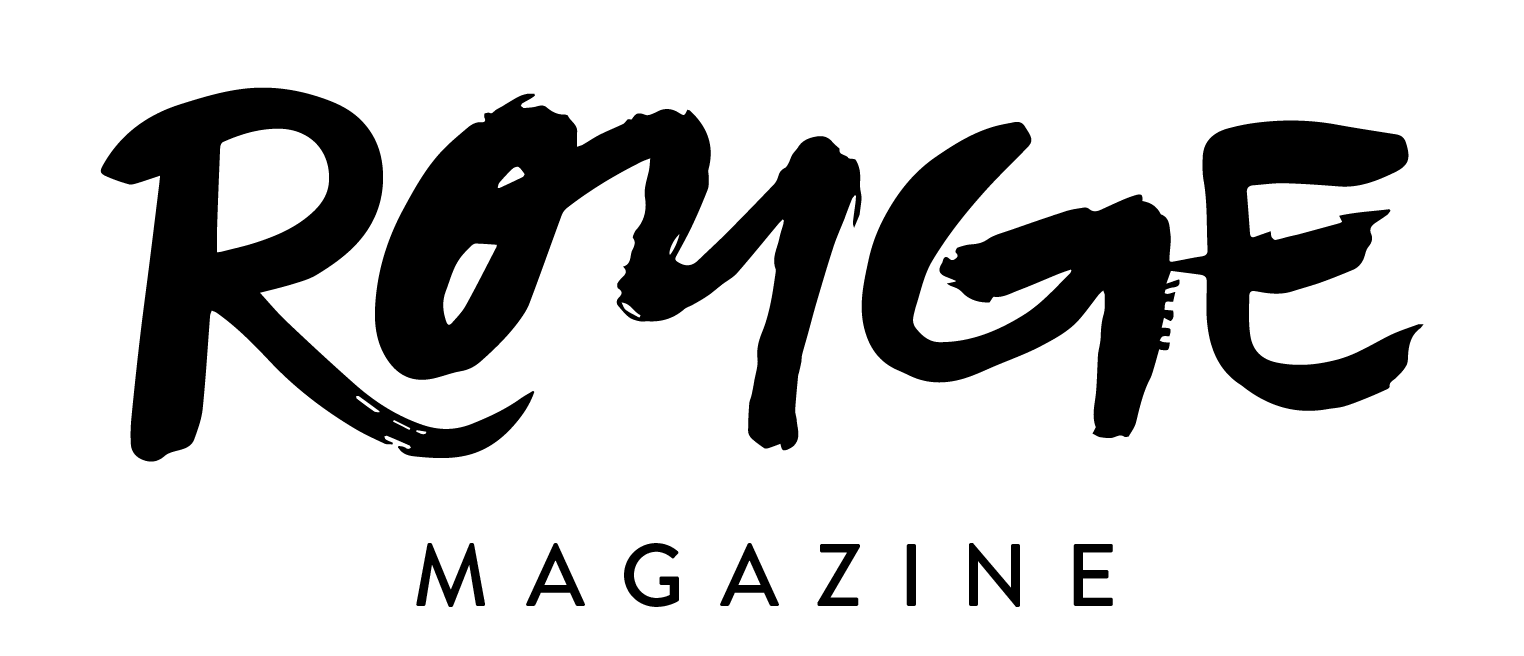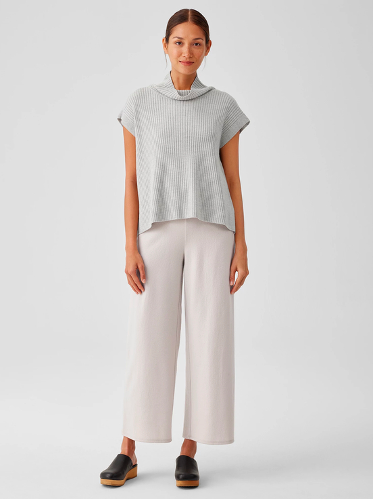How A Circular Economy Can Save The Planet From Fast Fashion
Fast fashion seems almost too good to be true: low prices, trendy pieces, and fast shipping – it allows consumers to stay on trend without breaking the bank. Whether or not you know it, fast fashion is killing the planet. The fashion industry significantly contributes to global emissions: over 1.92 million metric tonnes of textile waste is produced yearly, and 92 million of those tonnes end up in landfills. Due to the rise of these accessible, low-priced apparel sites, clothing production has doubled globally, while clothing use has declined by 40%. Every second, one truckload of clothing is incinerated. The shift to shopping for occasion and one-time use has diminished the value of clothing pieces, further propelling a vicious consumption cycle. The fashion industry’s social and environmental impacts are monumental: clothing has united humans since its conception, and its cultural sway has influenced societies worldwide.
However, a restorative shift is in the works. In order to close the supply loop of clothing from production to consumption to incineration, scientists and fashion giants alike are looking to a circular economy structure. Primarily in Europe, the pledge to commit to a circular economy model has the potential to reduce textile waste significantly. The Global Fashion Summit, hosted in Copenhagen, Denmark every year since 2009, has “spearheaded” a turn towards a more sustainable fashion industry. By collaborating with industry partners and novel thinkers, the GFS seeks to reorient the fashion industry into a more climate-conscious one.
The circular economy model in the fashion industry aims to create a continuous life cycle of clothing garments, as opposed to a one-way journey to landfills. The Ellen MacArthur Foundation explained its three main goals to better spell out the process. Firstly, implementing new business models to increase clothing use rather than shopping for individual occasions. Second, shifting towards “safe and renewable imports,” as opposed to synthetic, non-renewable fabrics. Finally, creating solutions that give new lives to used clothes through reintegration in the supply chain will aid in the foundation’s mission to make the fashion industry more aligned with a circular economy model.
Photo / www.g-star.com
Fashion giant H&M, a strategic partner of the Global Fashion Agenda, has pledged to close the loop of its contribution to fashion waste. The company has implemented a “Garment Collecting” program, in which customers can donate their previously worn pieces to H&M for a gift voucher and a rental program to slow down the consumption of rapidly-produced garments.
Already, brands are taking a stab at sustainable fashion. Eileen Fisher and G-STAR Raw focus on utilizing responsibly sourced, regenerative materials like cotton and wool. Eileen Fisher presents a timeless wardrobe of classy, minimalist sweaters, robes, shirtdresses, and pants that can be recycled into new pieces down the line. G-STAR Raw hosts a “Responsible Materials Ranking” on their website, which customers can refer to when browsing the brand’s styles to determine if the specific pieces match “their individual sustainability standards.”
Photo / www.eileenfisher.com
Photo / www.eileenfisher.com
So, it is worth taking a moment to evaluate your clothing consumption: Are you cycling through your tank tops religiously? Is there someone out there who would adore the too-small or too-big jeans hiding in the back of your closet? Whatever the discovery, make sure to keep Mother Earth in mind — she’s the only one we have.
Sources
All categories. All Categories | EILEEN FISHER. (n.d.). https://www.eileenfisher.com/shop/categories/all-categories?loc=default&country=US¤cy=USD
Fashion and the circular economy. How to Build a Circular Economy. (n.d.). https://www.ellenmacarthurfoundation.org/fashion-and-the-circular-economy-deep-dive/
Igini, M. (2023, August 21). 10 concerning Fast Fashion Waste Statistics. Earth.Org. https://earth.org/statistics-about-fast-fashion-waste/
Let’s close the Loop: Repair & Recycle. H&M. (n.d.). https://www2.hm.com/en_gb/sustainability-at-hm/our-work/close-the-loop.html
queststudio_gfs. (2023, May 16). Global fashion summit. About Global Fashion Summit. https://globalfashionsummit.com/about-global-fashion-summit/
Raw Responsibility | Sustainable Denim | G-Star Raw®. (n.d.). https://www.g-star.com/en_us/raw-responsibility-sustainability
Written by Helen Sorme
Copyedited by Ava Gomez
Graphic by Jolie Bellaff



